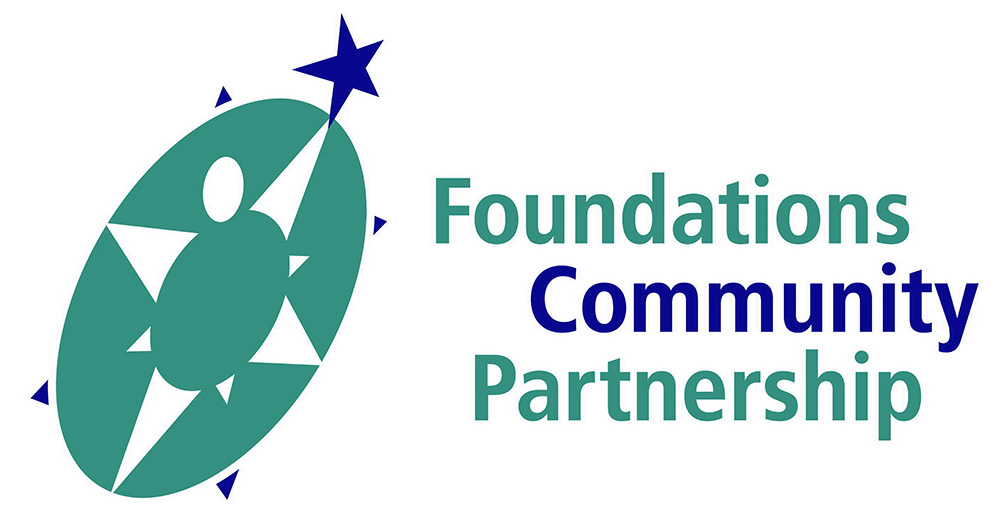Terrific Workshop Offered Tools for Treating Childhood Anxiety
Today’s FCP Professional Education workshop by Tamar Chansky, Ph.D., “Helping Children Overcome Anxiety, OCD, and General Worry” was a resounding success. Dr. Chansky presented a workshop for the Foundation several years ago. By popular request, FCP was able to finally get her back. She only recently became available due to her busy schedule as a practicing Psychologist, an author, and a speaker. Dr. Chansky’s relaxed style with a very attentive audience is a tribute to her expertise in the area of childhood anxiety. Her workshop was informative and delightful!
Dr. Chansky met her workshop objectives with flying colors. These included:
1. Gain an understanding of the mechanisms underlying anxiety and anxiety disorders.
Anxiety is the most common childhood mental health diagnosis, but also the most treatable. The underlying theory for any behavioral health disorder provides the foundation for treatment techniques. Dr. Chansky’s theory presentation was solid, but presented simply, and with enough humor that it was fun to hear. Largely based in a Cognitive Behavior Therapy (CBT) model, Dr. Chansky provided an excellent overview of the underlying mechanisms of childhood anxiety. She also emphasized the importance of development of trust, timing of intervention strategies, and pace of home exercises. She said “One size does not fit all.” Dr. Chansky insisted that the professionals use the techniques that work for each patient and family. Her presentation of the biological aspects of these disorders was also painless, to the less scientific participants. She suggested teaching the kids and parents about two parts of the brain: The feeling part of the brain (Amygdala) and the thinking part of the brain (Cerebral Cortex).
2. Learn many strategies for explaining anxiety to children in ways that will both normalize and empower kids to control their reactions to the challenges they face.
During her presentation, Dr. Chansky repeated that childhood anxiety is often seen by children as “The emergency that isn’t”. She encouraged the participants to help the child focus on what they can do, rather than what they are afraid of. For example, Dr. Chansky gave the example of a child who was afraid to go upstairs alone at bedtime. She suggested being empathic with the child, acknowledging her fear, but helping the child understand that the anxiety is “right now” and will go away with step by step help. Dr. Chansky emphasized that arguing, or challenging the anxiety will only make it worse. She gave many helpful intervention strategies to keep the feelings of anxiety in the moment, and help the child separate the “Worry brain” from the “Thinking Brain”. She acknowledged that the child should be taught to understand realistic, versus maladaptive anxiety.
I was especially impressed with Dr. Chansky’s skill at captioning, labeling, re-labeling maladaptive feelings and beliefs as therapeutic interventions for the child suffering from anxiety.
Dr. Chansky, as other experts in childhood anxiety have stated, said that the child should be encouraged, and reinforced to do what they are afraid of with systematic support at each step to overcome their unrealistic and debilitating fears.
3. Understand what the parent’s role is in treatment of anxiety, and how parents, by their responses to their children’s distress, can teach kids that they have choices in how to respond to the anxious situations.
Dr. Chansky insists that the worst thing that parents can do is “swoop down to solve the problem” for the child with anxiety. Unfortunately, that is frequently what happens. She suggested that humans are “Hard Wired” to rescue children or solve the problem. Instead, Dr. Chansky recommends that the professionals teach the parent to ask questions of the child so that they can encourage the child to question the truth of their own anxiety, attempt systematic step by step risks, with support, and gradually overcome the problem.
In a discussion of an anxious child with a school phobia, Dr. Chansky presented a role play with two participants from the audience, portraying a mother and daughter. The daughter was anxious about vomiting in school, and did not want get on the bus. There were two scripts for the vignette. The first showed the mother arguing with the daughter, and the second followed Dr. Chansky’s suggestions to acknowledge the daughter’s fears, but keep them in the present. Rather than challenge the anxiety feelings, the mother asked questions, including how the daughter would feel once she got to school, and if she would feel sick if there were no school that day. Dr. Chansky suggested the use of role play in treatment of anxiety disorders with children. She said that the child, taking on the role of the parent, is especially powerful to help the child gain insight into the disorder, and to help the parent view the child’s perception of the interaction.
My own anxiety, at the start of the workshop was that there were 73 pages (219) slides to present in 3 hours Can she do it? Yes, she did! Dr. Chansky correctly gauged and respected the professionalism of her audience. She spoke at their level, sometimes skipping the more general slides, but focusing on what she called the “Gems” of knowledge that the professionals could use with their patients, clients or students. Her suggested intervention strategies for childhood anxiety are a gift for the mental health professionals toolbox.
In assessing the success of a workshop, I usually watch the audience reaction throughout, and listen to comments of the participants at the break. This was a quiet and attentive audience and comments were positive. Questions were few, but relevant throughout the body of the workshop. Dr. Chansky answered them succinctly, and elaborated for clarification without breaking the flow of her presentation. The minor complaints included a weak audio system, especially during the role play.
Over all, This was a very satisfying presentation.
Links to Online Resources Related to This Presentation:
>> Worrywisekids.org (A service of the Children’s Center for OCD and Anxiety in Plymouth Meeting, PA)
